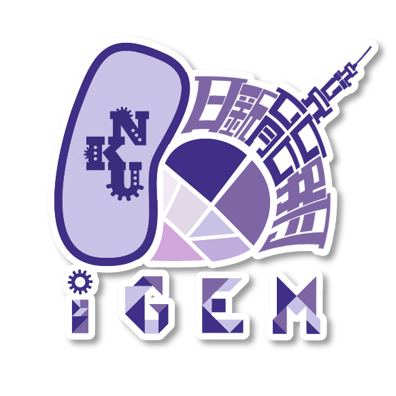Safety
Safety has always been an important concern in our laboratory, both in project design and operations during experiment process. This year we used two kinds of Escherichia coli (DH5α in part construction and MG1655 in project). According to the official iGEM guidelines of Risk Groups, E. coli is categorized as a Risk Group 1 organism that "do not cause disease in healthy adult humans" when used properly. Also, The risk group level of E. coli is correspondent with our laboratory safety level (Safety Level 1). To make sure that everything is safe enough, we have seriously managed Individual Safety, Environmental Safety, Biological Safety based on project as well as Safe Shipping.
1. Individual Safety
- All members participating in the iGEM project this year have taken safety training courses given by the department experiment center that we acknowledged general safety managements such as fire-fighting strategies, disposition of biochemical materials, proper usages of microwave oven, laminar flow bench and other apparatus.
- All members have carefully read Safe Project Design, Safe Lab Work, Safe Shipment and other requirements proposed by iGEM Safety Committee. We filled up the Final Safety Form according to the real situation in our laboratory.
- Nitrile gloves, masks, closed shoes were strictly required in laboratory to prevent potential threats of personal health.
- Resting area and Experiment area were clearly separated to confine eating and drinking strictly in resting area.
2. Environmental Safety
- Biological materials were not allowed to be taken outside the laboratory without sterilization. All of the used materials (bacterial samples, plasmids, reagents, agar, etc.) after experiments were sterilized before leaving the laboratory and collected altogether for further management.
- Regular cleaning of the laboratory trash was arranged every day to maintain a clean and tidy laboratory environment.
3. Biological Safety Concerns based on project
With the advent of synthetic biology, genetically modified microorganisms are being increasingly used for biomedical, industrial and environmental applications. Deployment of these engineered microbes in large scales and open environments calls for the development of safe and secure means to restrain their proliferation.
This summer, we expected to add mf-lon ssrA tag into 5 essential genes using CRIPSR/Cas9 method. By applying gene circuits to control mf-Lon protease expression under the assigned biocontainment conditions, we can block essential gene expression to kill the cell upon loss of the biocontainment signal.
4. Safe Shipping
We sent our BioBricks through the standard shipping process required by iGEM headquarter.
sponsors




contact us

Email: iGEM_NKU_China@hotmail.com
Website: 2016.igem.org/Team:NKU_China
Address: Nankai University,
No.94 Weijin Road, Nankai District
Tianjin, P.R.China 300071
No.94 Weijin Road, Nankai District
Tianjin, P.R.China 300071
© NKU_China IGEM - All rights reserved. Based on jQuery and bootstrap.

